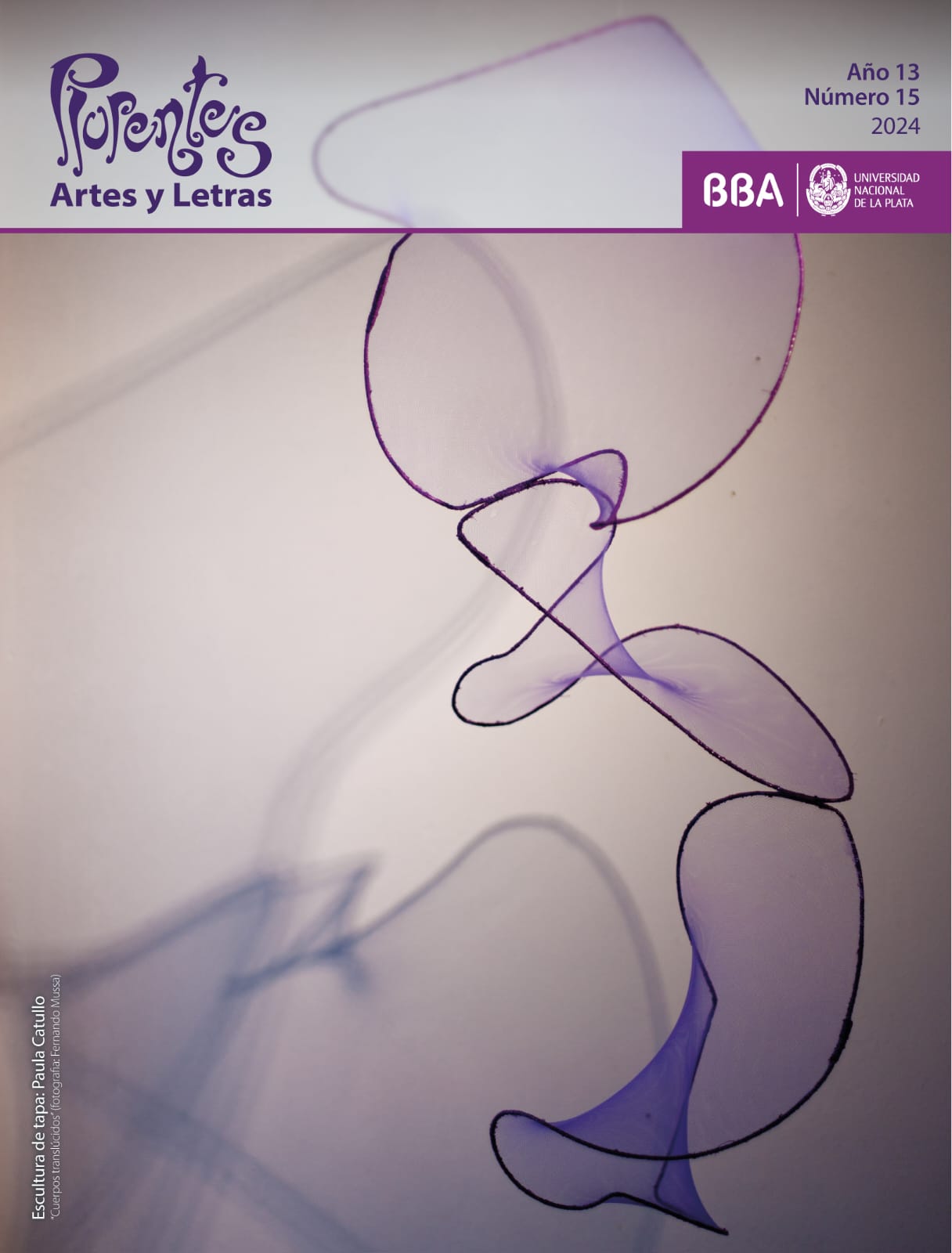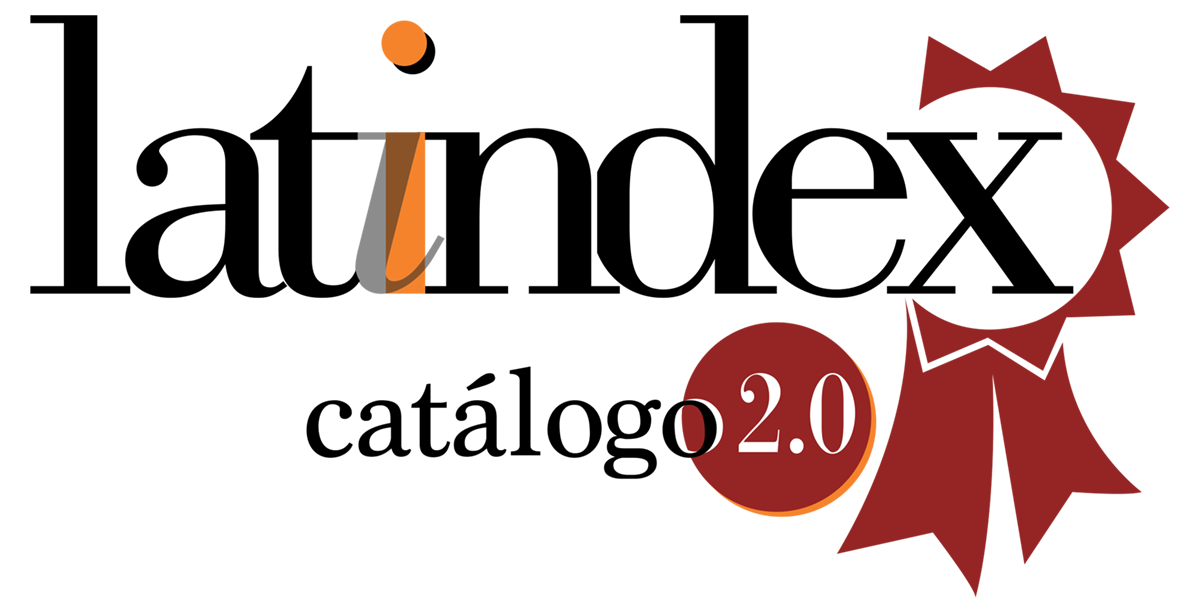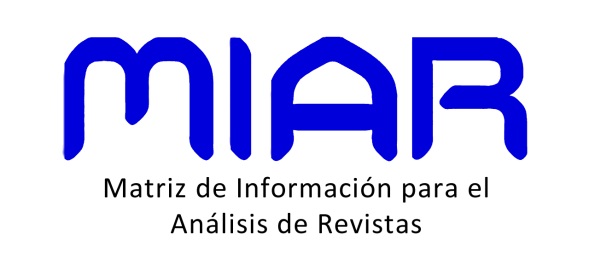The development of fluency in the foreign language classroom
DOI:
https://doi.org/10.24215/18536212e079Keywords:
development, fluency, foreign languageAbstract
Oral fluency is crucial in mastering a foreign language, as it facilitates effective communication and interaction in real-life contexts. This article focuses on the implementation of various pedagogical strategies to achieve fluency in speech in the L2 classroom. Through tasks involving analysis of real interactions and production activities, the goal is not only to raise students' awareness of fundamental aspects of orality but also to foster the precise, natural, and sustained development of their communicative ability.
Downloads
References
Ahmadian, M. J y Tavakoli, M. (2011). The effects of simultaneous use of careful online planning and task repetition on accuracy, complexity, and fluency in EFL learners’ oral production. Language Teaching Research, 15(1), 35-59. https://doi.org/10.1177/1362168810383329
Alahmadi, N. (2019). The role of input in second language acquisition: An overview of four theories. Bulletin of Advanced English Studies (BAES), 3(2), 70-78. https://doi.org/10.31559/baes2019.3.2.1
Arevart, S. y Nation, P. (1991). Fluency improvement in a second language. RELC Journal, 22(1), 84-94. https://doi.org/10.1177/003368829102200106
Bornaechea, P.G. (2017). La técnica 4/3/2: una actividad para el desarrollo de la fluidez oral en la clase de español. Cuadernos CANELA: Revista Anual de Literatura, Pensamiento e Historia, Metodología de la Enseñanza del Español como Lengua Extranjera y Lingüística de la Confederación Académica Nipona, Española y Latinoamericana, (28), 64-78.
Bygate, M. (1996). Effects of task repetition: Appraising the developing language of learners. En J. Willis y D. Willis (Eds.), Challenge and change in language teaching (pp. 136-146). MacMillan Heinemann.
Cenoz, M. J. (2000). Pauses and hesitation phenomena in second language production. ITL: Review of Applied Linguistics, (127-128), 53-69. https://doi.org/10.1075/itl.127-128.03cen
Donesch-Jezo, E. (2011). The role of output & feedback in second language acquisition: A classroom-based study of grammar acquisition by adult English language learners. Eesti ja Soome-Ugri Keeleteaduse Ajakiri, 2, 9-28. https://doi.org/10.12697/jeful.2011.2.2.01
Duong, P. T., Montero Perez, M., Nguyen, L. Q., Desmet, P. y Peters, E. (2023). The impact of input, input repetition, and task repetition on L2 lexical use and fluency in speaking. Studies in Second Language Learning and Teaching, 13(1), 101-124. https://doi.org/10.14746/ssllt.29727
Ellis, R. (2003). Tasked-based Language Learning and Teaching. Oxford University Press.
Foote, J. y McDonough, K. (2017). Using shadowing with mobile technology to improve L2 pronunciation. Journal of Second Language Pronunciation, 3(1), 33-56. https://doi.org/10.1075/jslp.3.1.02foo
Gómez Bueno, F. (2016). Pirámide invertida de escritura: una estrategia para mejorar la fluidez en la expresión oral en el aprendizaje de inglés como lengua extranjera. Cuaderno de Pedagogía Universitaria, 13(25), 21-30. https://doi.org/10.29197/cpu.v13i25.250
Hamada, Y. (2016). Shadowing: Who benefits and how? Uncovering a booming EFL teaching technique for listening comprehension. Language Teaching Research, 29(1), 35-52. https://doi.org/10.1177/1362168815597504
Hamada, Y. (2018). Shadowing for language teaching. Contact Magazine, TESL, 44(2), 19-24. https://doi.org/10.37546/JALTTLT45.6-3
Hameed Faraj Al - Awadi, I. (2019). Dictogloss as an effective method in English language teaching. International Journal of Language Academy, 7(28), 466-481. http://dx.doi.org/10.18033/ijla.4165
Huitt, W. (2003). The information processing approach to cognition. Valdosta State University.
Kadota, S. (2007). Shadowing to ondoku no kaagaku [Science of shadowing, oral reading, and English acquisition]. Cosmopier Publishing Company.
Khatib, M. y Farahanynia, M. (2020). Planning conditions (strategic planning, task repetition, and joint planning), cognitive task complexity, and task type: Effects on L2 oral performance. System, 93. https://doi.org/10.1016/j.system.2020.102297
Kormos, J. (2006). Speech production and L2 acquisition. Lawrence Erlbaum Associates Publishers.
Lambert, C., Kormos, J. y Minn, D. (2017). Task repetition and second language speech processing. Language Learning, 39, 167-196. ´https://doi.org/10.1017/S0272263116000085
Lennon, P. (1990). Investigating fluency in EFL: A quantitative approach. Language Learning, 40(3), 387-417. https://doi.org/10.1111/j.1467-1770.1990.tb00669.x
Levelt, W. J. M. (1989). Speaking: From intention to articulation. MIT Press.
Levelt, W. J. M. (1999). Producing spoken language: A blueprint of the speaker. En C. Brown y P. Hagoort (Eds.), Neurocognition of language (pp. 83-122). Oxford University Press.
Lynch, T. y Maclean, J. (2000). Exploring the benefits of task repetition and recycling for classroom language learning. Language Teaching Research, 4, 221-250. https://doi.org/10.1177/136216880000400303
Lynch, T. y Maclean, J. (2001). Effects of immediate task repetition on learners’ performance. En M. Bygate, P. Skehan, y M. Swain (Eds.), Researching pedagogic tasks, second language learning, teaching and testing (pp. 99-118). Longman.
Maurice, K. (1983). The fluency workshop. TESOL, Newsletter 17, 429.
Meierkord, C. (2000). Interpreting successful lingua-franca interaction. An analysis of non-native-/non-native small talk conversation in English. Linguistik Online, 5(1). https://doi.org/10.13092/lo.5.1013
Nation, P. (1989). Improving Speaking Fluency. System, 17(3), 377- 384.
Saito, K. y Hanzawa, K. (2018). The role of input in second language oral ability development in foreign language classrooms: A longitudinal study. Language Teaching Research, 22(4), 398-417. https://doi.org/10.1177/1362168816679030
Smith, N. (2014). From the bottom, up: Remodeling Maurice's 4/3/2 fluency technique. New Directions in Teaching and Learning English Discussion, 2, 232-236. https://doi.org/10.14992/00016078
Suryawanshi, D. P. (2020). Turn-taking and Simultaneous Speech. Language in India, 9(20), 60-70.
Wajnryb, R. (1989). Dicto-gloss: A text-based communicative approach to teaching and learning grammar. English Teaching Forum, 27(4), 16–29.
Yuan, F. (2014). Focused dictogloss, peer collaboration and guided reconstruction: a case of time expressions in L2 Chinese. En N. Jiang (Ed.), Advances in Chinese as a second language: Acquisition and processing (pp. 121- 140). Cambridge Scholars Publishing.
Zinkgräf, M. y Verdú, M. A. (2020). El dictogloss: Una herramienta pedagógica que fomenta el uso productivo de vocabulario en una lengua extranjera [Conferencia]. VI Jornadas Internacionales de Investigación y Prácticas en Didáctica de las lenguas y las literaturas. Universidad de Río Negro. Viedma, Argentina.
Published
How to Cite
Issue
Section
License
Copyright (c) 2024 Marina Grasso

This work is licensed under a Creative Commons Attribution-NonCommercial-ShareAlike 4.0 International License.
Acorde a estos términos, el material se puede compartir (copiar y redistribuir en cualquier medio o formato) y adaptar (remezclar, transformar y crear a partir del material otra obra), siempre que a) se cite la autoría y la fuente original de su publicación (revista y URL de la obra), b) no se use para fines comerciales y c) se mantengan los mismos términos de la licencia.






















